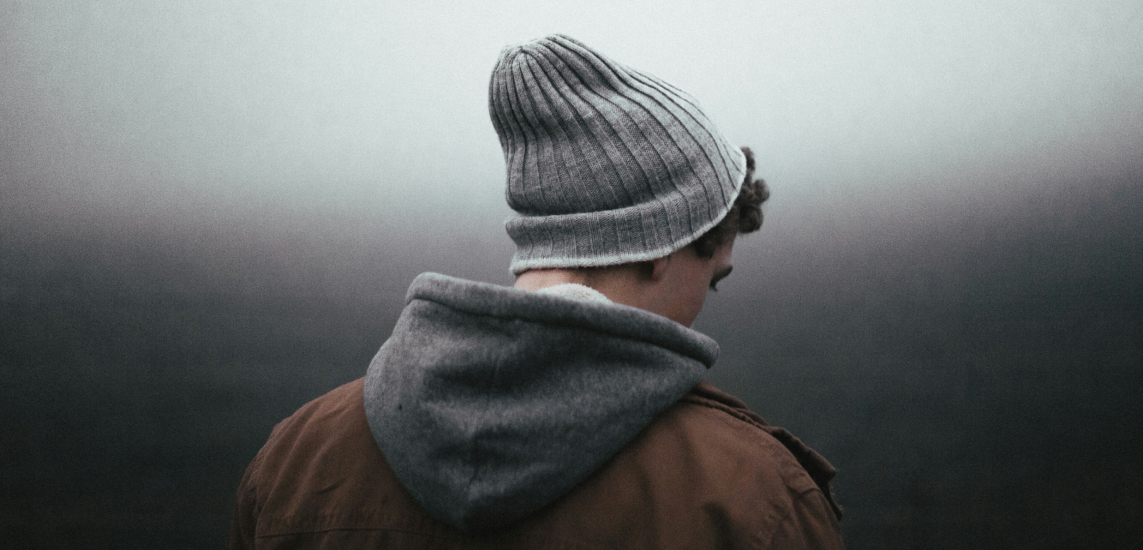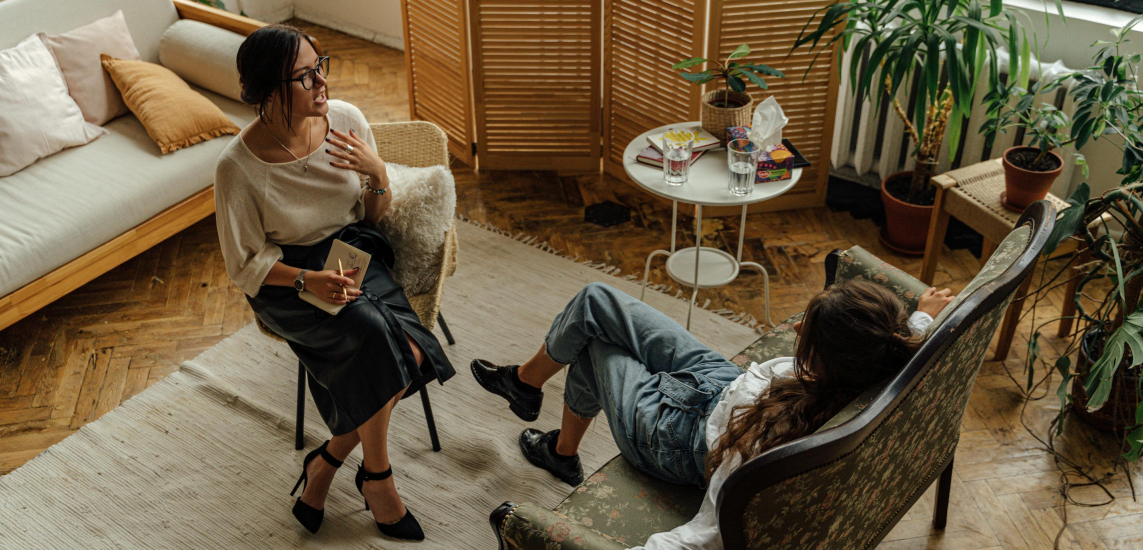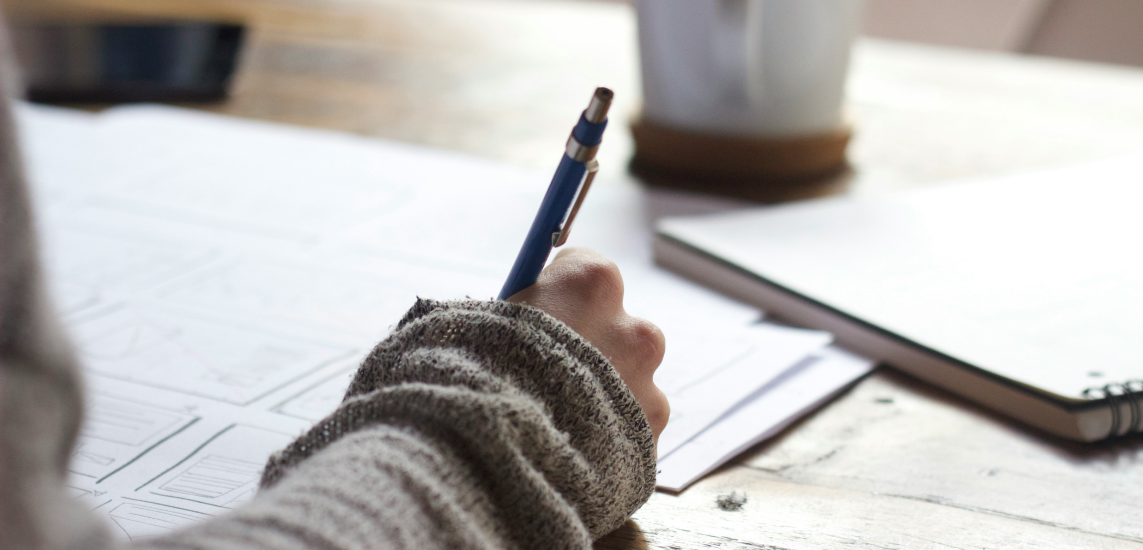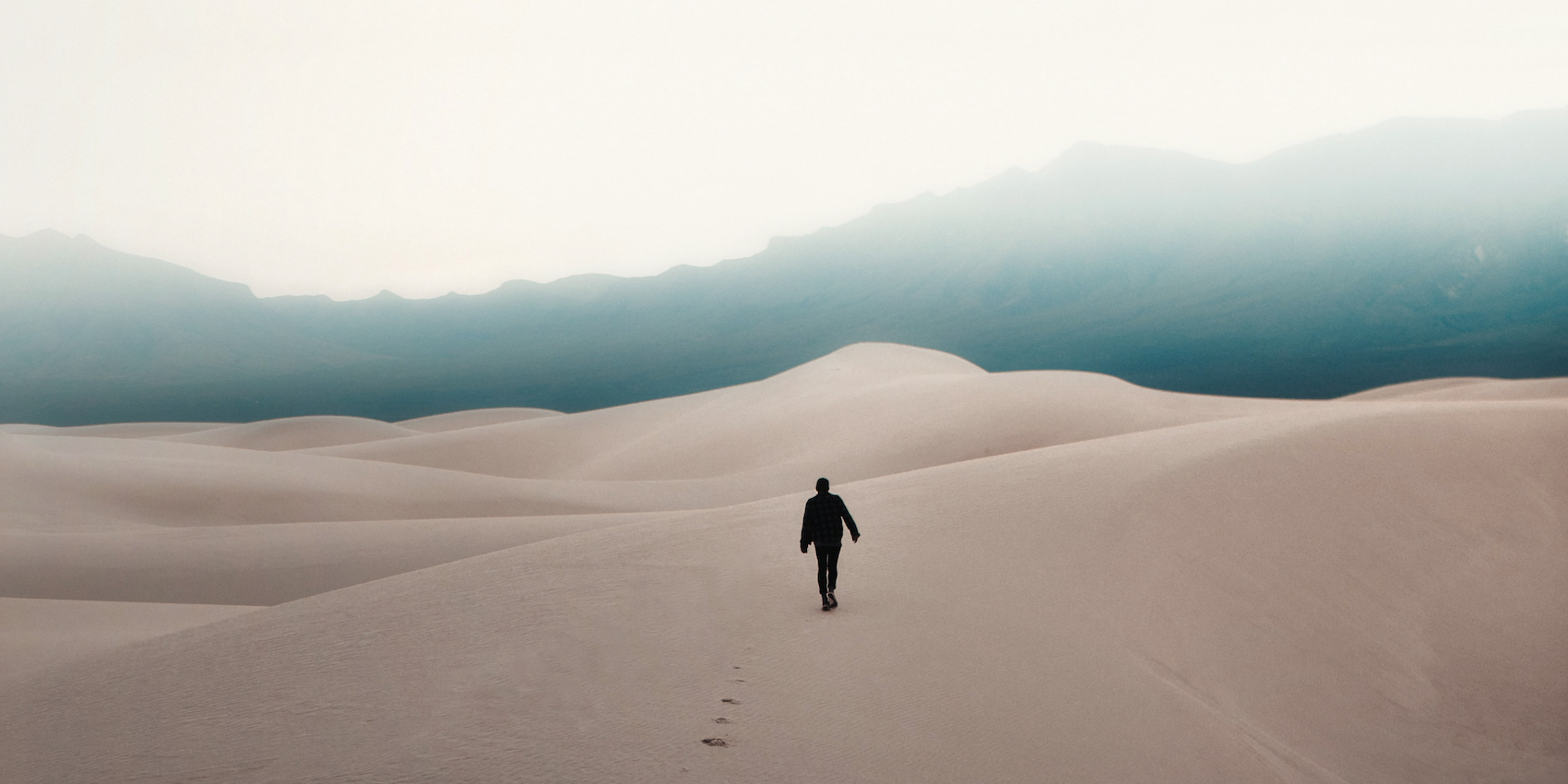As a neuroscientist, I’m especially interested in the neuroscientific perspective on certain psychological concepts, and as mindfulness is one large inspirational source in my life, I also always like to see how mindfulness meditation can contribute to our own well-being, and in this case, courage.
You rather listen than read? Listen to Karolien’s talk on unlocking courage in the brain below:
- Unlocking True Courage In Your Brain: How To Face Challenges Dr Karolien Notebaert
Facing Challenges With Courage
I have invited an imaginary special guest, a young man called Alex Honnold. Perhaps you’ve already heard of Alex Honnold, and if not, I do recommend to have a look into who Alex is, and especially in what he has achieved.
A few years ago, he climbed El Capitan, a big rock in Yosemite National Park that is about 900 meters high, or in other words, 3,000 feet from base to summit. Alex Honnold is known for his free solo climbing. This means he climbs without any source of protection, and one of his greatest achievements is climbing El Capitan without any form of security in about less than four hours.
Well, I’m not sure if you would call these a courageous act. Some people would call it a total crazy act, but I would like to use this example to you to tell you a bit more about what courage means and how we can address it from a neuroscientific perspective, and especially how we can nurture our own level of courage.
If it comes to climbing, I’d like to give a personal example. I have two children, two daughters, and my youngest one, she has absolutely no fear of heights, and my older one, she’s like me, she has a very strong fear of heights. Every time we go climbing, my oldest daughter would look at my younger daughter climbing up to the top, and then she would look at me and say, “My younger sister, she’s so brave for climbing all the way to the top.”
The first time she mentioned that, I reflected on that and said, “Listen, it’s not your younger sister who’s being courageous here, it’s actually you being courageous for climbing all the way to the top because you’re the one with fear, and you’re still climbing even though you experience fear.”
Being courageous is not necessarily about doing something that is very natural to you. Being courageous really means facing your own fears and undertaking something, even though you’re feeling held back because you feel insecure, anxious or uncertain.
The Courageous Brain
If you look at courage and if you look at the brain, there is one particular brain structure that plays a very important role when it comes to courage and your own performance. This part of the brain is called the amygdala.
The amygdala is a brain structure that is very small, and we have two of them, one of the left side of the brain, one on the right side of the brain. They’re very small and look like an almond. Amygdala is also the Latin word for almond.
Even though they are small, they amygdala is also extremely powerful. It plays a very important role in our survival. Whenever there is a real danger outside, it will trigger a fight, flight or freeze response, so you will fight danger, run away, or just be blocked in your own emotions, you will freeze, perhaps you will hide. The amygdala is very important for our survival and for many emotions in general, but in many situations, the amygdala will also become active when there is no real danger, for example, standing on stage and holding a presentation, leading a difficult conversation. These are two examples where there’s no real danger, but nevertheless, the amygdala can be triggered and cause this feeling of nervousness and anxiety. It’s these feelings of nervousness, anxiety or insecurity that will also block us in our potential to hold a presentation or to lead a good conversation.
Courage really means that we face our own insecurities – our fears that are caused by the amygdala activation – and still try to give a good performance.
Read more: In another article, Karolien explains the neuroscience behind hacking your brain for reaching full potential and peak performance.
Attaining Self-Regulation For More Courage
What do we need then to down-regulate this amygdala activation? Well, what we need to down-regulate is the capacity or skill that is called self-regulation.
Self-regulation is an extremely important skill that allows us to recognize the amygdala activation or fear that is blocking us in our potential. It allows us to regulate the amygdala activation so we can access our potential much better. Let me go back to the examples that I’ve mentioned to you.
When it comes to climbing, my youngest daughter – who has no fear of heights – does not need self-regulation to climb up to the top, but my older daughter and myself – we’re both very much afraid of heights – need a lot of self-regulation to deal with our fear so we can climb even though we feel afraid.
Self-regulation is also needed when you’re afraid of holding a presentation, or when you are being nervous for holding or leading a difficult conversation with others.
Mindfulness Meditation For Improved Self-Regulation
How is this combined with mindfulness? Mindfulness meditation is one particular way to regulate yourself. Mindfulness meditation, if practiced correctly and regularly, will even lead to the fact that the amygdala is not so easily triggered by calming down the activation level.
Mindfulness has several effects when it comes to courage. One is that if you regularly practice mindfulness meditation as a self-regulation strategy, the amygdala will calm down and you will feel less afraid – and it will be easier for you to access your potential in those situations in which you feel challenged.
Breathing Meditation For Less Amygdala & Stress Activating
The second tip I can give you to increase your courage or to help you especially in situations where things are challenging for you is a certain breathing exercise. When the amygdala is triggered and causing feelings of fear, then it’s the autonomic nervous system that will be activated. The autonomic nervous system, just as the word says, is a nervous system that will spontaneously, automatically regulate certain biological changes in our body, for example, the heartbeat, the blood pressure, the digestion, sweating or not sweating.
The autonomic nervous system consists of two branches. One of those branches is the sympathetic nervous system. The sympathetic nervous system is triggered when we feel anxious or nervous. The heart rate will go up, we start sweating, we can get a dry mouth. These are the typical biological changes that we experience whenever we feel stressed.
The other branch in the autonomic nervous system is called the parasympathetic nervous system. The parasympathetic nervous system will cause the opposite biological changes in our body – the heart rate will go down again, we will stop sweating, the typical changes that are connected to relaxation.
If you look at breathing and at those two branches, then it has been found that breathing in is related to your sympathetic nervous system – to the system that is active when we feel stressed –, and the breathing out is connected to the parasympathetic nervous system – namely that system that is associated with a state of relaxation.
Explore thousands of free guided breathing meditation practices that help you to become more aware of your breath.
In sum, when we feel stressed or are in a challenging situation where we need courage to act, don’t forget to fully breathe out. It’s the “breathing out” that triggers the activation of the parasympathetic nervous system, and this will more easily bring your body and brain into a state of relaxation, and even better, it will down-regulate your amygdala activation.
Read more: Explore why and how breathing exercises for anxiety help to break the spiral.
We Can Face Our Fears & Anxiety
We have this courage act, which means we can face our own fears, we can face our own anxiety. How can we do that?
One way is with regular mindfulness meditation practice. When we regularly practice mindfulness meditation, the amygdala that causes those fears and feelings of insecurity will calm down. And the second tip is: if we are doing a breathing exercise, just make sure we fully breathe out. In the heat of the moment, when you are leading a difficult conversation, when you have to perform on stage, just try to notice your breathing out and make sure you fully breathe out.
Alex Honnold who climbed El Capitan without any form of security, his brain was investigated and reseachers noticed that his amygdala absolutely did not show any reaction in certain situations where other people would have reacted with amygdala activation or with a fear reaction. If you make the connection with courage – is Alex Honnold courageous or not? Well, I believe he is courageous for undertaking such an act, and again, some people would call that crazy, but given the results of the brain scans, Alex Honnold does not experience the strong amygdala activation that other people would experience when climbing. This, of course also allows him to access his full potential to climb. I must honestly tell you that I’m quite sure that I had more amygdala activation watching Alex Honnold climb compared to the amount of amygdala activation that he was experiencing.
Karolien has combined the two tips to down-regulare the amygdala activation into a relatively short mindfulness exercise that you can try right now by listening to it below:
- Unlocking True Courage In Your Brain Dr Karolien Notebaert 6:29
You want to learn how to hack your brain and become the truest expression of who you really are? Sign up for Dr Karolien Notebaert’s popular 30-day course “Unlock Your Wise & Mindful Brain”, which will teach you the neuroscience behind performance and unlocking your unique potential through regulating internal blockages.
Learn more and start the course for free by clicking on the banner below:








